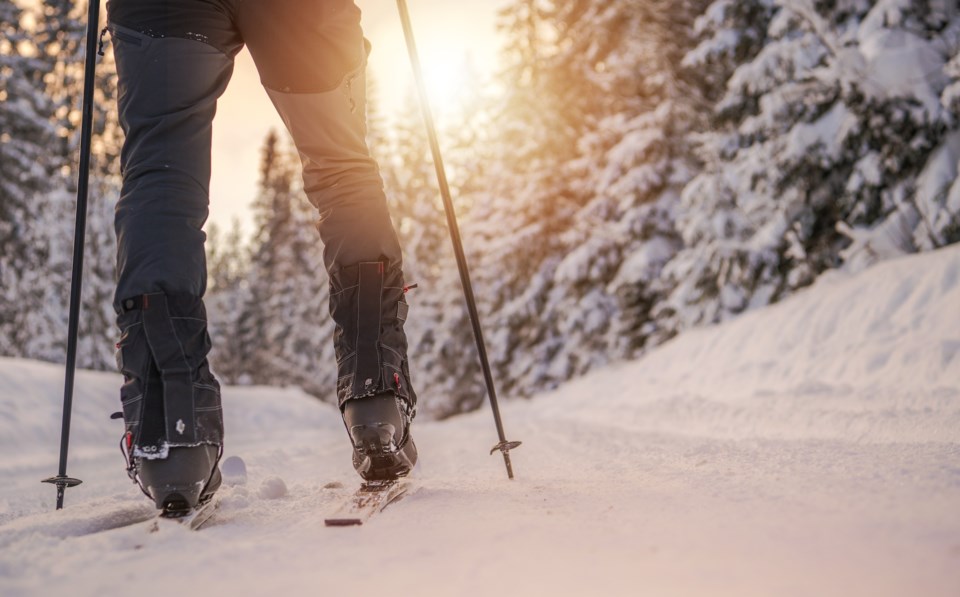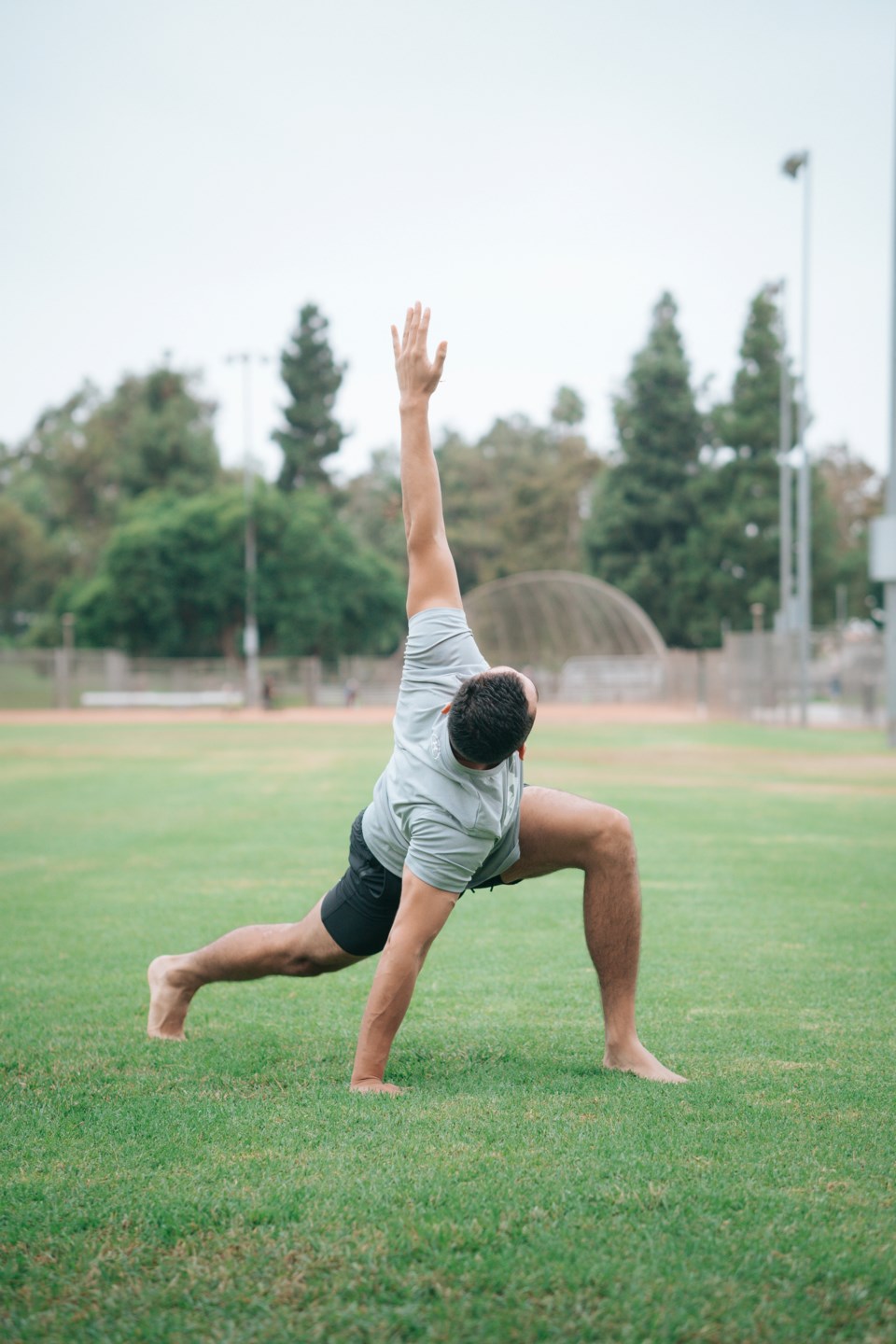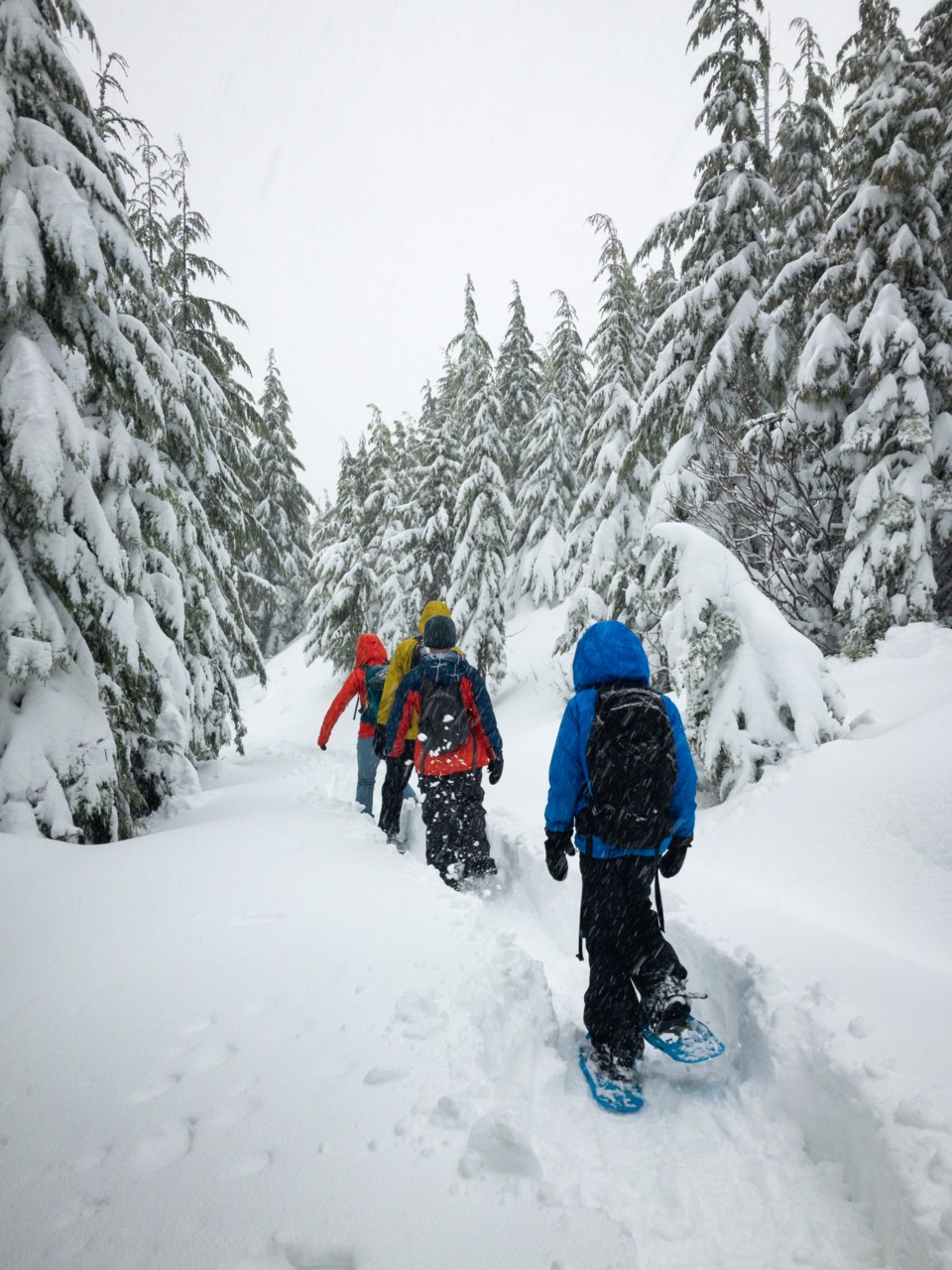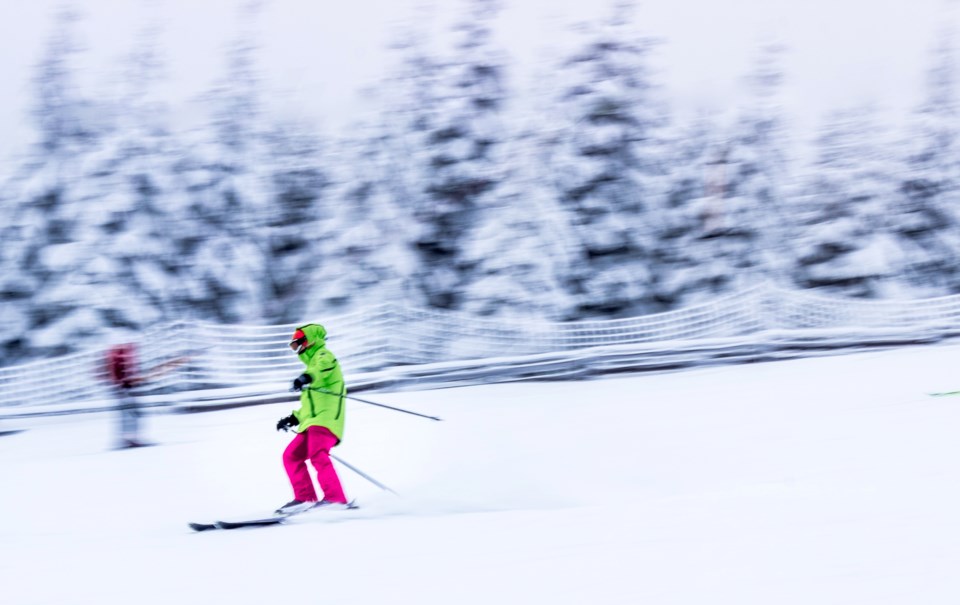Colorado has already seen some snowstorms this year, bringing with them cooler temperatures and much-needed moisture on wildfires. And with snow come thoughts of skiing, snowboarding and wintertime outdoor pursuits.
But even if the mind is ready for the slopes, the body might need a little work to get there. Preparing for winter sports goes beyond the basics of ski passes, vacation days and gear rentals. After months of lockdowns, social distancing, quarantines, park closures and poor air quality caused by wildfires, muscles might not be quite ready for skiing and snowboarding.
And with at least one resort, Arapahoe Basin, already open in a limited capacity, now is the time to start building good habits to get ready for the extra strain snow and ice can put on a body.
The common suggestions from athletic coaches, trainers and medical professionals are to focus on core building, endurance and injury prevention.
Savannah Steamer, a Longmont-based personal trainer, emphasized aerobics in particular.
“You’ve spent all that money on your pass, so make the most of it,” Steamer said. “Focusing on the aerobic energy system will allow you to get more runs in. I suggest running, swimming or cycling, some form of exercise you can do steadily for at least 15 to 20 minutes”
 Stock image
Stock image“Focusing on increasing aerobic capacity will help the body’s fuel system match the exertion of moving through snow. Running, cycling, even crossfit, are great ways to get that increase,” he said.
Buck’s career has focused on sports medicine, injury rehabilitation and biomechanics. He said the three areas of focus for winter exercise are hip motion, core endurance, and ankle and foot mobility.
“Hip flex gradually decreases with age, so exercises that help to keep robust strength in the hip flexors and glutes are key,” Buck said. “After that, it’s important to look at the core, to make sure it is uniformly strong. Not just the abdominals, but the obliques on the sides as well as muscles in the back.
“Think of it like needing WD-40 to keep the joints moving, and duct tape to help keep the back stable and strong.”
Yoga is another prime choice for slope-prep workouts, with many ski resorts such as Aspen, Breckenridge and Steamboat Springs offering classes focused on alpine endurance and flexibility on the slopes. In addition to the classes, the Breckenridge Tourism Office even offers yoga tips on its website.
 Photo by Dex Ezekiel on Unsplash
Photo by Dex Ezekiel on UnsplashYoga isn’t for everyone, but it’s important to keep up the basics. Last year, Snowshoe Magazine offered up a set of basic exercises that could support snowshoeing and cross country skiing. While by no means comprehensive, the list has some good options for those who don’t want to visit a gym during the pandemic and don’t have home fitness equipment.
The most important thing is to know personal limitations and not overwork the body in the gym.
“Listen to your body and train smart.” Steamer said. “The last thing you want to be doing is rehabbing a gym injury when you should be on the slopes.”
Buck agreed, especially when transitioning from a more sedentary lifestyle.
“Be gentle as your body adapts. You’ll reap what you sow, so introduce progressive challenges to your movement. When you’re out walking or hiking, gradually increase terrain and speed differences. It’s important to keep it low force and low risk,” he said.
Do you have a snow season workout plan you want to share? Your favorite backcountry areas? Let us know in the comments, or by emailing [email protected]. Photo by Greg Rosenke on Unsplash
Photo by Greg Rosenke on Unsplash 


